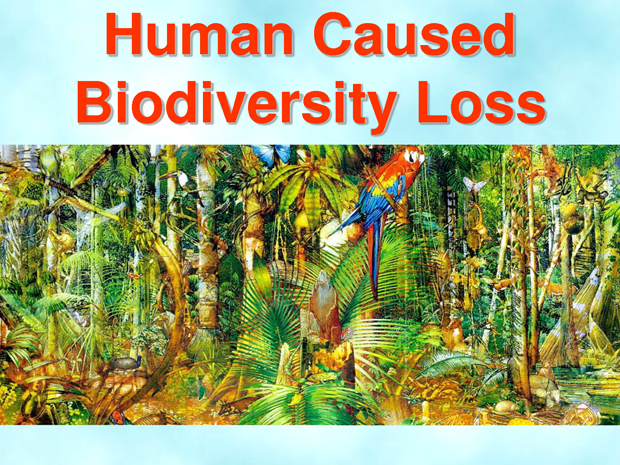In America, we’ve been losing more than an acre of farmland per minute
By ALAN GREGORY / October 6, 2013
[dropcap]B[/dropcap]etween 2002 and 2007, 4,080,300 acres of agricultural land were converted to developed uses – an area nearly the size of Massachusetts.” (American Farmland Trust)
The forests of the tropics: “Pinning down exact numbers is nearly impossible, but most experts agree that we are losing upwards of 80,000 acres of tropical rainforest daily, and significantly degrading another 80,000 acres every day on top of that. Rainforests are home for much of the planet’s biological diversity, or “biodiversity.” Along with this loss and degradation, we are losing some 135 plant, animal and insect species every day – or some 50,000 species a year – as the forests fall.” (Scientific American’s “EarthTalk)
Endangered species: In the United States, under the federal Endangered Species Act, a grand total of 1,489 species of flora and fauna are currently listed as threatened or endangered. Each state also keeps a tally of endangered and threatened species within its borders. The Pennsylvania Game Commission lists 21 animal species as endangered. (U.S. Fish and Wildlife Service’s Box Score)
Why save species? Congress answered this question in the preamble to the Endangered Species Act of 1973, recognizing that endangered and threatened species of wildlife and plants “are of esthetic, ecological, educational, historical, recreational, and scientific value to the Nation and its people.” In this statement, Congress summarized convincing arguments made by scientists, conservationists and others who are concerned by the disappearance of unique creatures. Congress further stated its intent that the Act should conserve the ecosystems upon which endangered and threatened species depend. (U.S. Fish and Wildlife Service)
Preserving natural land: New York’s Adirondack State Park just gained another 21,000 or so acres of public land as the state completed the purchase of ecologically rich wild lands held for it by The Nature Conservancy. More than half of the park’s 6 million acres are now public land.
The local legacy of coal mining: More than 90,000 pounds (41,000 kilograms) of acid mine drainage are discharged by the Jeddo Tunnel into the Susquehanna River (via Little Nescopeck and Nescopeck creeks) every day.
The Susquehanna is the single largest source of freshwater for the Chesapeake Bay. When one stands on the tourist-stop island of the Chesapeake Bay Bridge-Tunnel and watches the bay’s water to the north, a small percentage of that water came from the mouth of the Jeddo Tunnel in Butler Township. (Pennsylvania Department of Environmental Protection)
The chief greenhouse gas: Burning a gallon of gasoline in your car, SUV or pickup truck – a gallon, which weighs about 6.3 pounds – produces 20 pounds of carbon dioxide when burned. (U.S. Department of Energy)
Wilderness: Wilderness is the land that was wild land beyond the frontier … land that shaped the nation and the character of its people. Wilderness is the land that is rare, wild places where one can retreat from civilization, reconnect with Earth, and find healing, meaning and significance.
In 1964 when the Wilderness Act was passed, 54 areas (9.1 million acres) in 13 states were designated as wilderness. This law established these areas as part of the National Wilderness Preservation System. Since 1964, the NWPS has grown almost every year and now includes 757 areas (109,511,966 acres) in 44 states and Puerto Rico. In 1980, the passage of the Alaska National Interest Lands Conservation Act (ANILCA) added over 56 million acres of wilderness to the system, the largest addition in a single year. Overall, however, only about 5 percent of the entire United States – an area slightly larger than the state of California – is protected as wilderness. Because Alaska contains just over half of America’s wilderness, only about 2.7 percent of the contiguous United States – an area about the size of Minnesota-is protected as wilderness. […]
Invasive (exotic) plants in Pennsylvania: There are, according to a list maintained by the state Department of Conservation and Natural Resources, a total of 121 known invasive plant species. Such plants are not native to the state, grow aggressively, and spread and displace native vegetation. […]
Autumn migration of raptors: There are many organized “hawk watches” (places where migrating raptors are observed and counted each fall and spring). One of the most well-known is Hawk Mountain Sanctuary about 50 miles due south of Hazleton. At Hawk Mountain, the tally of passing birds of prey starts Aug. 15 and concludes Dec. 15.
Through Sept. 27, this year’s tally was: 98 birds that day; 8,426 for the 2013 season; 4,561 for the previous week; and 1,389 was the single greatest one-day count for 2013. […]
The brook trout: Eastern brook trout, the only trout native to Pennsylvania, prefers water temperatures below 68 degrees and cannot survive in water above 77 degrees. Earth’s warming climate will extirpate brookies from much of their habitat.
The U.S. Fish and Wildlife Service says, “Warming of waters in rivers and streams may make these habitats less able to support the spawning of salmon, trout, and other anadromous fish species that have significant economic value to recreational and commercial fisheries.” […]
Nature vs. human growth: The United States is approaching a crossroads – unimpeded urbanization may soon collide with the limits of our country’s natural resources. The rate of this urbanization surpasses population growth and threatens to overwhelm previous victories in environmental protection. Biological diversity – the rich variety of natural species that forms our natural life support system – is in jeopardy. (Defenders of Wildlife)
Wild birds and cats: “In the United States, cats cause way more bird deaths than cars or windows. According to a recent study, they kill 1 billion to 4 billion birds a year. (North Country Public Radio)
alanclarkg@gmail.com







